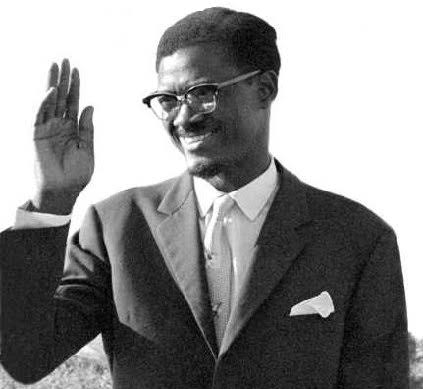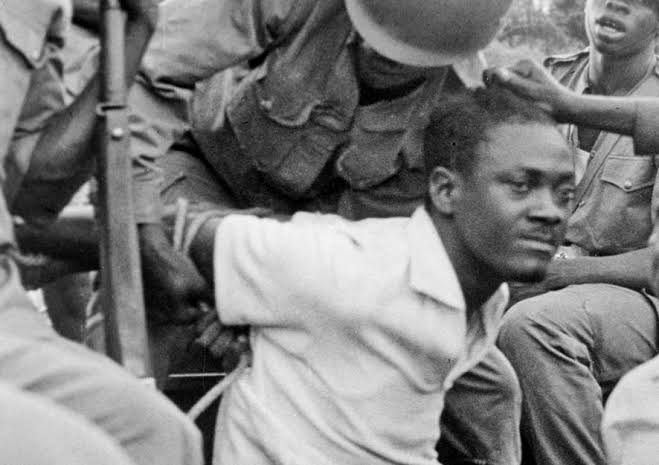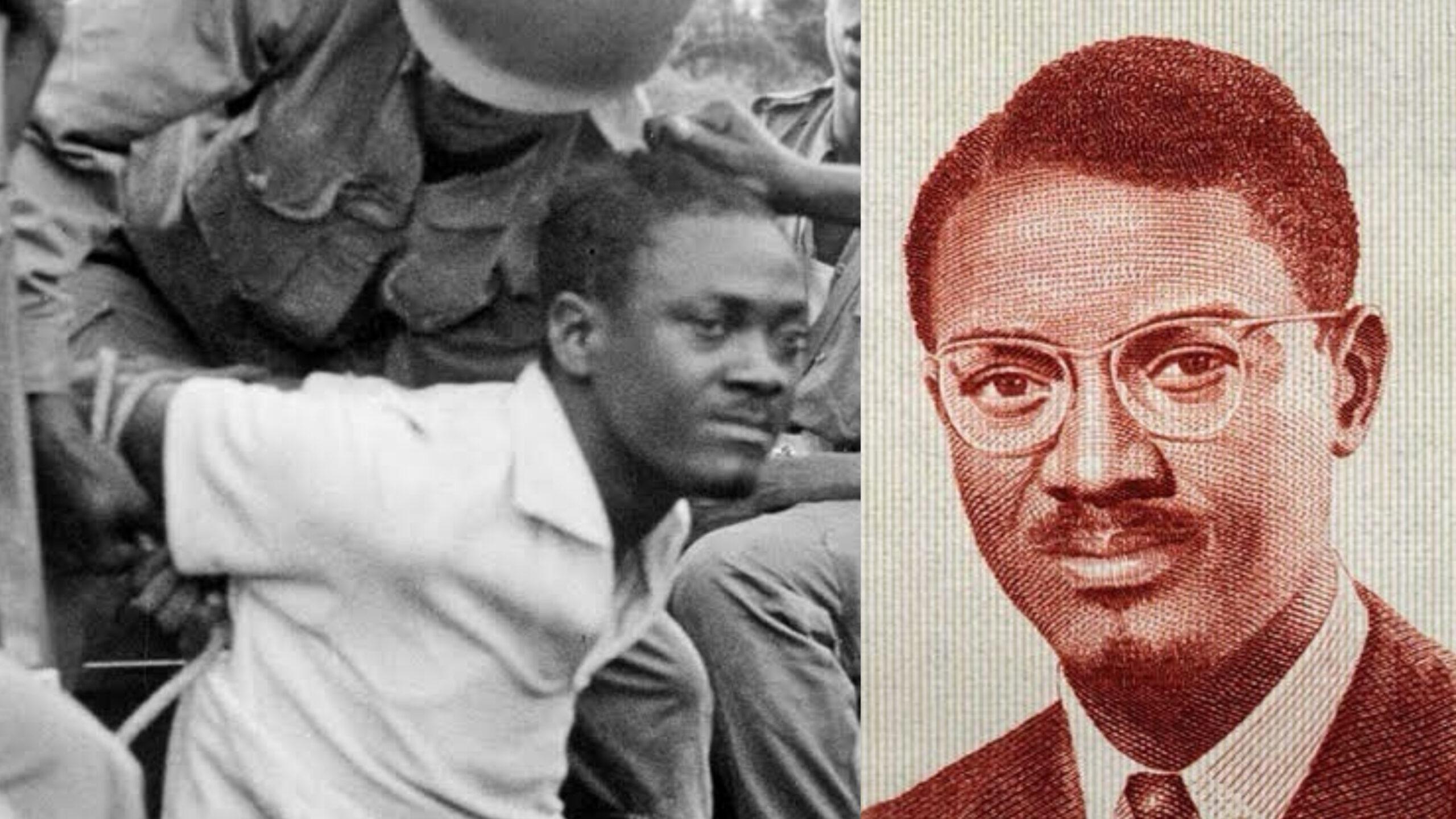“We are proud of this struggle, of tears, of fire, and of blood, to the depths of our being, for it was a noble and just struggle, and indispensable to put an end to the humiliating slavery which was imposed upon us by force” Patrice Lumumba
Patrice Émery Lumumba, born in 1925, was a revolutionary anti-colonial leader who, at the age of thirty-five, became the first Prime Minister of the newly independent Congo. He was assassinated seven months into his term, on January 17, 1961.
For decades, there was a lot of debate about the topic of how Patrice Lumumba, the first prime minister of the newly independent Democratic Republic of the Congo, died, and the key aspects of who killed him and why. The short response is that, on January 17, 1961, Lumumba was executed by a firing squad. It takes a longer discussion to understand just how he came to be in that situation, taking into account the political environment in Congo and the state of interstate diplomacy at the time.
The process of liberation in Congo was combined with the decolonization of Africa. It happened at a time when foreign affairs were dominated by the Cold War between the US and the Soviet union (and their respective allies). In Congo 1960 was very eventful. The nation was declared independent on June 30th.
Lumumba was an important figure in Congo’s fight for independence and was prime minister of a fragile government of compromise that had Joseph Kasavubu, who supported a less centralized policy with greater autonomy for Congo’s provinces as president.

The new government soon encountered a mutiny by the army, followed by the secession of the strategic mineral-rich province of Katanga, led by Moise Tshombe, another Congolese leader. Belgium sent troops into the Congo in an attempt to protect Belgian nationals, but the Belgian troops landed primarily in Katanga, where they provided Tshombe’s secessionist regime with arms and secured access to its mineral resources.
The government tries to appeal to the UN for assistance, and, despite sending peacekeeping troops to the county, the UN did not take action in Katanga. Lumumba then earnestly requested the assistance of the Soviet Union, and this request was honored. The Soviet’s involvement frozen the U.S. and its allies.
On September 5, Kasavubu dismissed Lumumba from his position a the Prime Minister, while Lumumba challenged it and, in turn, proclaimed Kasavubu to be opposition, leading for a time to two parallel governments. On September 14, this led to a military intervention led by Congolese Col. Joseph Mobutu (later known as Mobutu Sese Seko), who backed Kasavubu’s attempt to keep Lumumba sidelined.
Lumumba was put under house arrest though he managed to escape and tried to enter another part of the country where he had greater support. However, in early December, he was captured by Mobutu’s forces and then imprisoned at a military camp in Thysville. The enemies of Lumumba feared that the camp was not stable enough to retain him and ordered him to be transferred.
Lumumba and two associates (Joseph Okito and Maurice Mpolo) were relocated to Katanga, the stronghold of his political rival, Tshombe, via airplane on January 17, 1961. And during flight, he and his companions were beaten by soldiers. While in Katanga, they were taken to a private villa where Belgian and Congolese forces resorted to further beatings, and they met with Tshombe and other officials from Katanga.

Lumumba and his associates were then executed, under Belgian supervision, by a Katangan firing squad and in the presence of officials and officers from Katangan and Belgium. They then dumped the bodies into shallow graves. A government official from Katanga later ordered the bodies to disappear. At that point, a group of Belgian police officers searched the graves, dug up the remains, shot them into pieces, and dissolved as many parts of the body as they could in sulfuric acid. What left was set on fire.
Video about the assassination of Lumumba
While reports of Lumumba’s death occurred after it happened, for nearly a month, no official word was released. When it was declared by the Katangan government on February 13, they reported that Lumumba had fled from their custody and that angry villagers had found and killed him. This version of events was almost immediately questioned and sparked demonstrations around the world, and in the following decades, concerns about the circumstances surrounding his death abounded.
Over the years, investigations, such as those conducted by the United Nations, Belgium, and the United States, as well as carefully researched books, have shed light on the events surrounding the death of Lumumba and, in particular, on the position of those two nations, specifically Belgium.
Lumumba was considered a political threat by both countries and had plans ready to kill him, but those plans were not carried out. The two countries knew the danger posed to Lumumba if he traveled to the secessionist province of Katanga and knew it was happening, but they did not interfere or raise any alarms. And the Congolese parties who wanted to remove Lumumba were assisted by both countries. Belgium officially apologized in 2002 for the role played in the assassination.
 The African History Truly African
The African History Truly African

